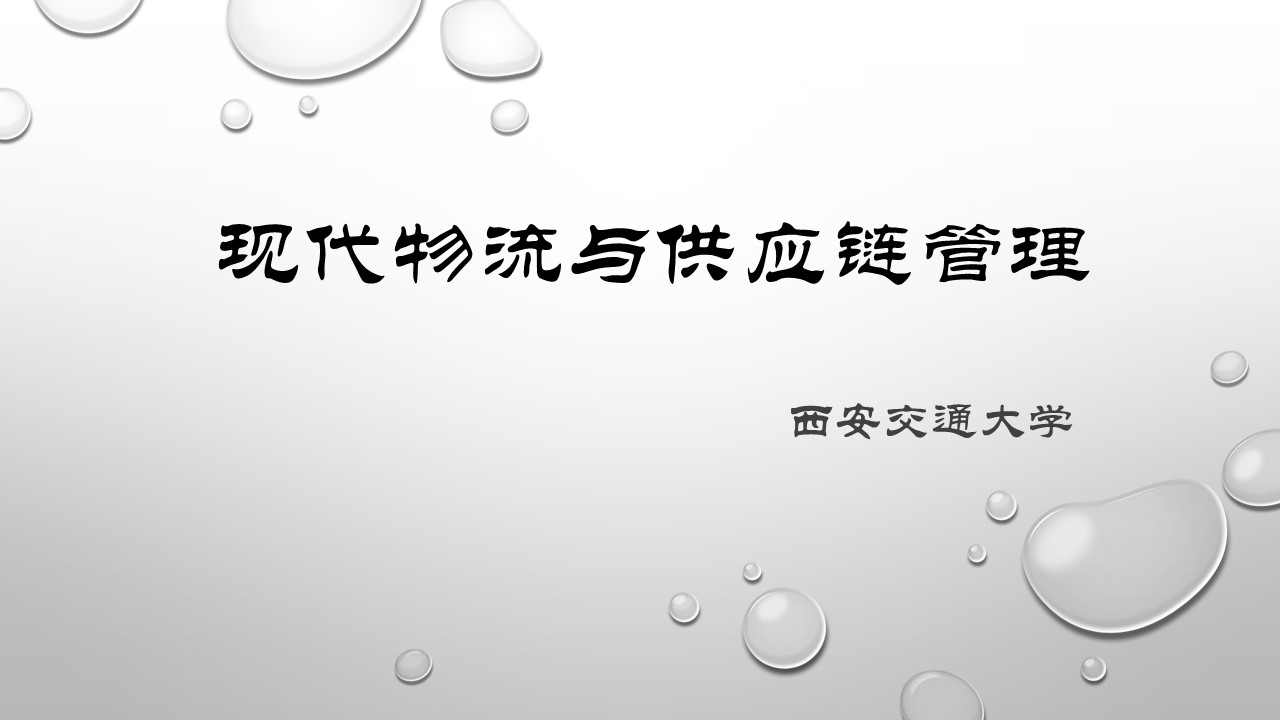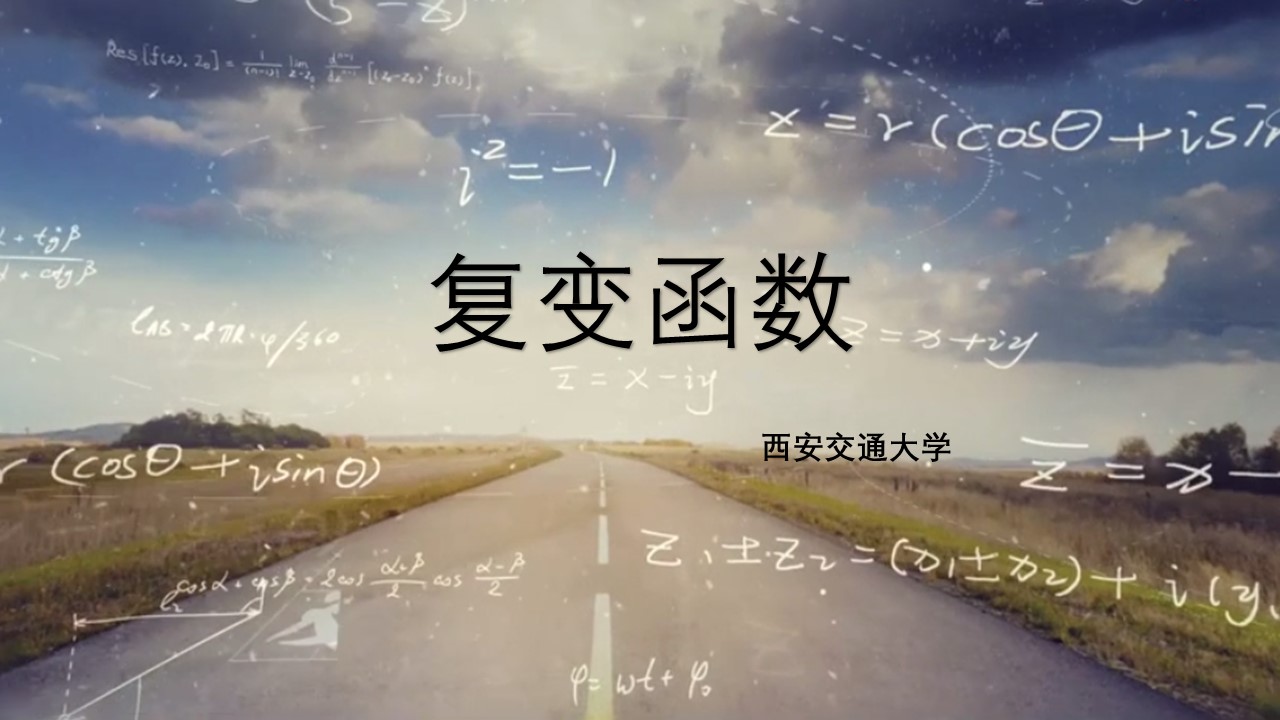
当前课程知识点:3ds Max: A Quick Start from Zero to One > Chapter 3: The Secrets of Making the Potoreal Image > 3.2.1 Render Your First Work > 3.2.1 02
返回《3ds Max: A Quick Start from Zero to One》慕课在线视频课程列表
返回《3ds Max: A Quick Start from Zero to One》慕课在线视频列表
与平面软件不同的是
三维世界中的
保存和导出文件
只是用于保存文件数据信息
要想获得场景的图像信息
就需要通过
渲染环节来完成
这一讲就告诉你
渲染输出的秘籍
让你输出自己的
第一幅作品
在主工具栏中
点击渲染设置图标
或使用快捷键F10
打开渲染设置面板
在这里
我们只需要设置三个参数
就可以进行渲染了
一
设置输出方式
二
设置输出尺寸
三
设置输出位置和格式
如果你想渲染单帧图片
可以将时间输出
设置为单帧渲染
如果要输出序列帧动画
可以根据输出时长
选择活动时间和范围
由于我们还没有接触动画
这里使用默认设置就可以了
3ds Max图像的输出大小
都以像素进行计算
那么什么是像素呢
将图片放大许多倍后
类似马赛克图案的方格子
就是像素了
这些像素决定了渲染尺寸
供我们在输出时进行使用
如果你要将
做好的效果图
打印到A4大小的纸上
给客户看
可以将尺寸设置为
2480乘3508
渲染完成后到Photoshop中
将分辨率改为300
这样打印出来的图片
就不会模糊了
如果做的是一段高清视频
1920乘1080
则是行业的统一标准
如果做的是PPT
1024乘以768
是最低的要求
当然
如果客户只想看个样稿
记得锁定输出大小
渲染比例
并将宽度设置在
600至1000像素
的范围就够了
尺寸设置完成后
记得设置输出路径
如果你只是想随便看看效果
可以不用设置文件保存路径
渲染完成后用保存图像
进行保存也可以
当然
如果你渲染的是
等上几小时的大图
或动画序列
设置好渲染输出路径
可以让程序帮你保存
那么保存格式该如何选择呢
向你推荐三种常用格式
JPEG
PNG和OpenEXR
JPEG格式
小名叫jpg
是全世界通用的
图片浏览格式
压缩率大
不带Alpha通道
透明度通道
文件量小
如果你要制作网络图片
样稿输出
用jpg格式就没错了
PNG格式
属于带有透明通道的
无损压缩格式
只要渲染时背景是空的
渲染为PNG格式后
可实现背景透明的效果
此外PNG支持图片预览
不仅可做静帧输出
也是动画后期制作的
首选格式
OpenEXR格式
是视觉效果行业使用的
一种文件格式
适用于高动态范围图像
由工业光魔公司所开发
一张OpenEXR图
不但有多种图像压缩算法
还能存入
二十九个通道信息
是影视后期的首选格式哦
例如
你可以用后期软件
用Z深度通道
制作图像的雾效和景深
用高光通道进行单独调色
用反射通道调整环境光效
几个通道就能让你提高效率
省去后期局部修改的烦恼
好了
渲染设置准备好了
点击渲染按键
就可以进行渲染了
这里教大家一个小技巧
在项目制作中
我们经常需要进行反复渲染
来查看制作效果
每次打开渲染设置窗口
点击渲染按钮
都会很麻烦
试试快捷键
Shift+Q或F9吧
让你瞬间变年轻
快捷键Shift+Q
可以快速渲染
当前所激活的视口
当你在其他视图调节模型
可以用F9快速获得
上一次所渲染的视口
是不是很方便
好了
本节课带你了解了
三维渲染输出的基本流程
并介绍了
输出设置的尺寸和格式
如果你已经学会了
就赶快动手练习一下效果吧
或许你有很多
渲染问题要问我
下一讲
就带你了解渲染
解决你的一些困惑
-Fast Understand of 3ds Max,Starting Your Virtual Journey
--Preface
-Preface
-1.1 How to get 3ds Max
--1.1 02
-1.1
-1.2 Introduction to the Interface of 3ds Max
--1.2 01
--3ds Max
-1.2
-1.3.1 Project Preparation 1: Set Up Project Folder
--1.3.1
-1.3.1
-1.3.2 Project Preparation 2:Initialization Settings
--1.3.2
-1.3.2
-1.4.1 Opening and Saving Files
--1.4.1
-1.4.1
-1.4.2 Basics Operation
--1.4.2
-1.4.2
-1.4.3 Advanced Operation
--1.4.3
-1.4.3
-1.5 General Hotkeys
--1.5
-1.5
-1.6 Creating Geometric Primitives
--1.6
-1.6
-2.1 3D Modeling Overview
--2.1
-2.1
-2.2 Three Useful Modeling Methods
--2.2
-2.2
-2.3 Boolean Modeling
--2.3
-2.3
-2.4.1 Spline Modeling 1:Spline Modeling Overview
--2.4.1
-2.4.1
-2.4.2 Spline Modeling 2: Modeling From a Spline
--2.4.2
-2.4.2
-2.4.3 Spline Modeling 3:How to Edit Spline Objects
--2.4.3
-2.4.3
-2.5.1 Polygon Modeling 1:Polygon Modeling Method
--2.5.1
-2.5.1
-2.5.2 Component Selection Techniques
--2.5.2
-2.5.2
-2.5.3 Polygon Modeling 3: 16 Polygon Modeling Commands
--2.5.3
-2.5.3
-2.5.4 Polygon Modeling 4: Subdivision Modeling
--2.5.4
-2.5.4
-2.5.5 Polygon Modeling 5: Attaching and Detaching
--2.5.5
-2.5.5
-2.6.1 Advanced Modeling Skills 1:“Stereoscopic” Modeling Method
--2.6.1 01
-2.6.1
-2.6.2 Advanced Modeling Skills 2:Box Modeling Method
--2.6.2
-2.6.2
-2.6.3 Advanced Modeling Skills 3:Deconstruction Modeling Method
--2.6.3
-2.6.3
-2.6.4 Advanced Modeling Skills 4:Problems to be Considered in Modeling
--2.6.4
-2.6.4
-3.1 Rendering
--3.1 02
-3.1
-3.2.1 Render Your First Work
--3.2.1 02
-3.2.1
-3.2.2 Arnold Render Set Up
--3.2.2 01
-3.2.2
-3.2.3 Introduction to the Arnold Renderer
--3.2.3
-3.2.3
-3.2.4 Arnold Renderer 1: Sampling
--3.2.4 02
-3.2.4
-3.2.5 Arnold Renderer 2: RayDepth and Filtering
--3.2.5 02
-3.2.5
-3.3.1 What is Light?
--3.3.1 02
-3.3.1
-3.3.2 Light and Color
--3.3.2 02
-3.3.2
-3.3.3 Light and Shadow
--3.3.3 02
-3.3.3
-3.3.4 Produces Soft Shadows and Fast Shadow
--3.3.4 02
-3.3.4
-3.3.5 Six Types of Lighting
--3.3.5 01
-3.3.5
-3.4.1 Arnold Light Types
--3.4.1 01
-3.4.1
-3.4.2 Arnold Light Parameters
--3.4.2 01
-3.4.2
-3.4.3 Color Temperatures and White Balance
--3.4.3 01
-3.4.3
-3.5.1 Three-point Lighting Method
--3.5.1
-3.5.1
-3.5.2 Indoor Light Lecture 1: Make a Simple Night
--3.5.2
-3.5.2
-3.6.1 Advanced Skill 1:Rendering Tips
--3.6.1
-3.6.1
-3.6.2 Advanced Skill 2:The Normals and the Smooth Group
--3.6.2
-3.6.2
-4.1 Learn About This Chapter in Four Minutes
--4.1
-4.1
-4.2.1 How to Open the Material Editor?
--4.2.1
-4.2.1
-4.2.2 Using Physical Materials
--4.2.2
-4.2.2
-4.2.3 Three Assistants of the Material
--4.2.3
-4.2.3
-4.2.4 Create a Simple Material
--4.2.4
-4.2.4
-4.3.1 Using maps to Creat Different Looking
--4.3.1
-4.3.1
-4.3.2 Bitmap Node:A Small Node With Virtues
--4.3.2
-4.3.2
-4.4.1 UVW Mapping Method 1:Methods of Locking the Map
--4.4.1
-4.4.1
-4.4.2 UVW Mapping Method 2: UV Overlays
--4.4.2
-4.4.2
-4.4.3 Unwrap UVW 1: Basic of Unwrap UVW Modifier
--4.4.3
-4.4.3
-4.4.4 Unwrap UVW 2: Projection
--4.4.4
-4.4.4
-4.4.5 Unwrap UVW Part 3: Powerful UV Editor
--4.4.5
-4.4.5
-5.1 Animation Overvie
--5.1
-5.1
-5.2.1 3ds Max Animation
--5.2.1
-5.2.1
-5.2.2 Making Animation More Interesting Principle 1: Time and Space
--5.2.2
-5.2.2
-5.2.3 Making Animation More Interesting Principle 2: Slow Motion (slow-mo)
--5.2.3
-5.2.3
-5.2.4 Making Animation More Interesting Principle 3: Squash and Stretch
--5.2.4
-5.2.4
-5.3.1 Animation Technique 1: Parent-Child Relationship
--5.3.1
-5.3.1
-5.3.2 Animation Technique 2:Loop Animation
--5.3.2
-5.3.2
-5.4.1 Techniques of Using the Camera
--5.4.1
-5.4.1
-5.4.2 The Safeframe Cannot Be Ignored in the Camera
--5.4.2
-5.4.2
-5.4.3 Camera Movement
--5.4.3
-5.4.3
-5.4.4 Following Shot
--5.4.4
-5.4.4
-6.1 Rendering a VR Panorama With Arnold
--6.1
-6.1
-6.2 Fast Implementation of VR Interaction
--6.2
-6.2
-6.3 Fast Implementation of AR Interaction
--6.3
-6.3
-6.4 Friends of 3ds Max
--6.4
-6.4
-6.5 Self Learning and Improvement Methods
--6.5
-6.5
-6.6 Methods of Obtaining Resources
--6.6
-6.6
-7.1 PBR Technology Introduction
--7.1
-7.2 Toolbag PBR Real-time Rendering
--7.2
-7.3 Substance Painter PBR Painting
--7.3
-Shortfilm Casestudy 1:The Weapon Used in PUBG (PlayerUnknown's Battlegrounds)
--Microfilm Course 1:The Weapon Used in Eating Chicken
-Shortfilm Casestudy 2:Production experience of Classic of Mountains and Seas
--Microfilm Course 2:Production Process of Shanhaijing
-Examination

